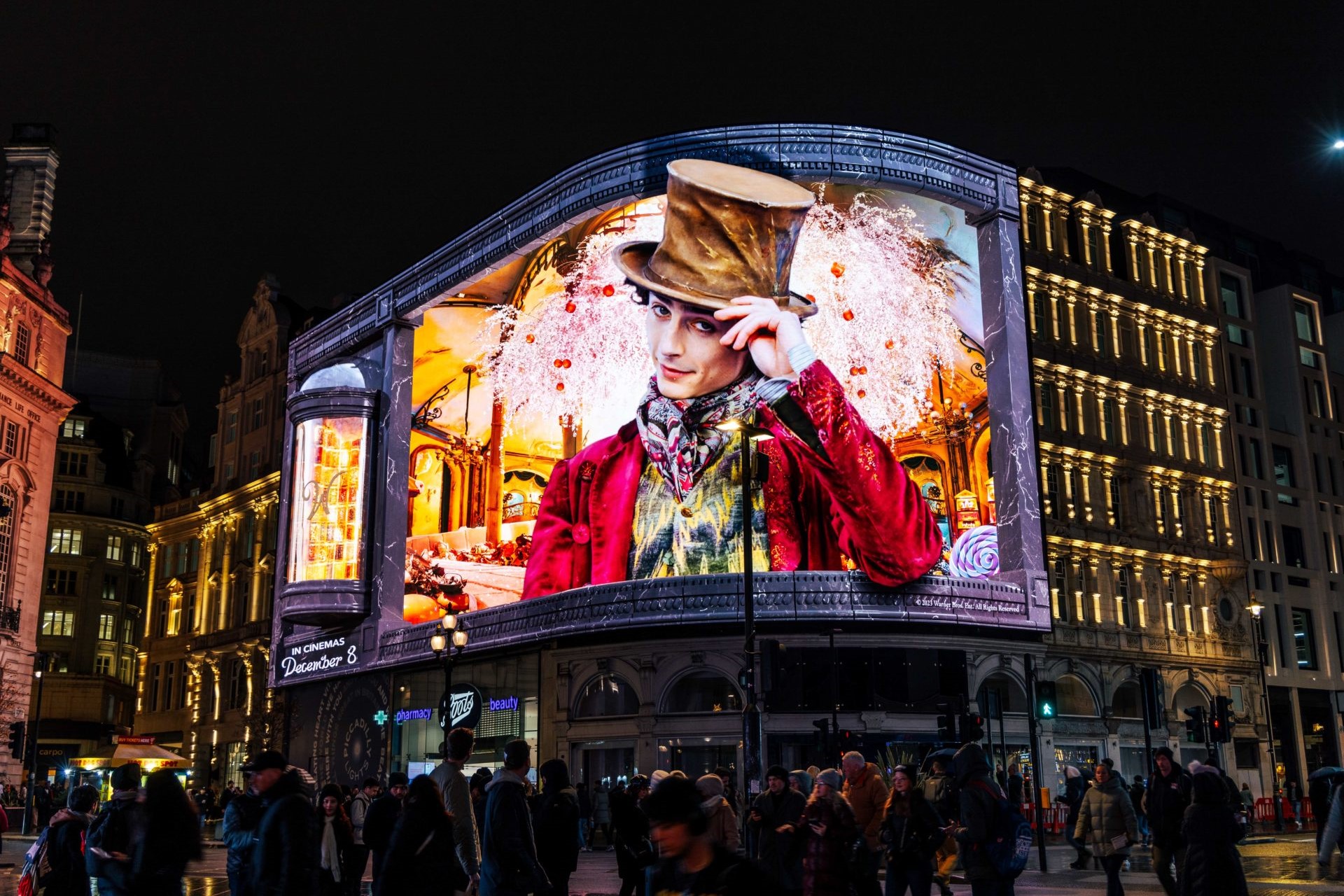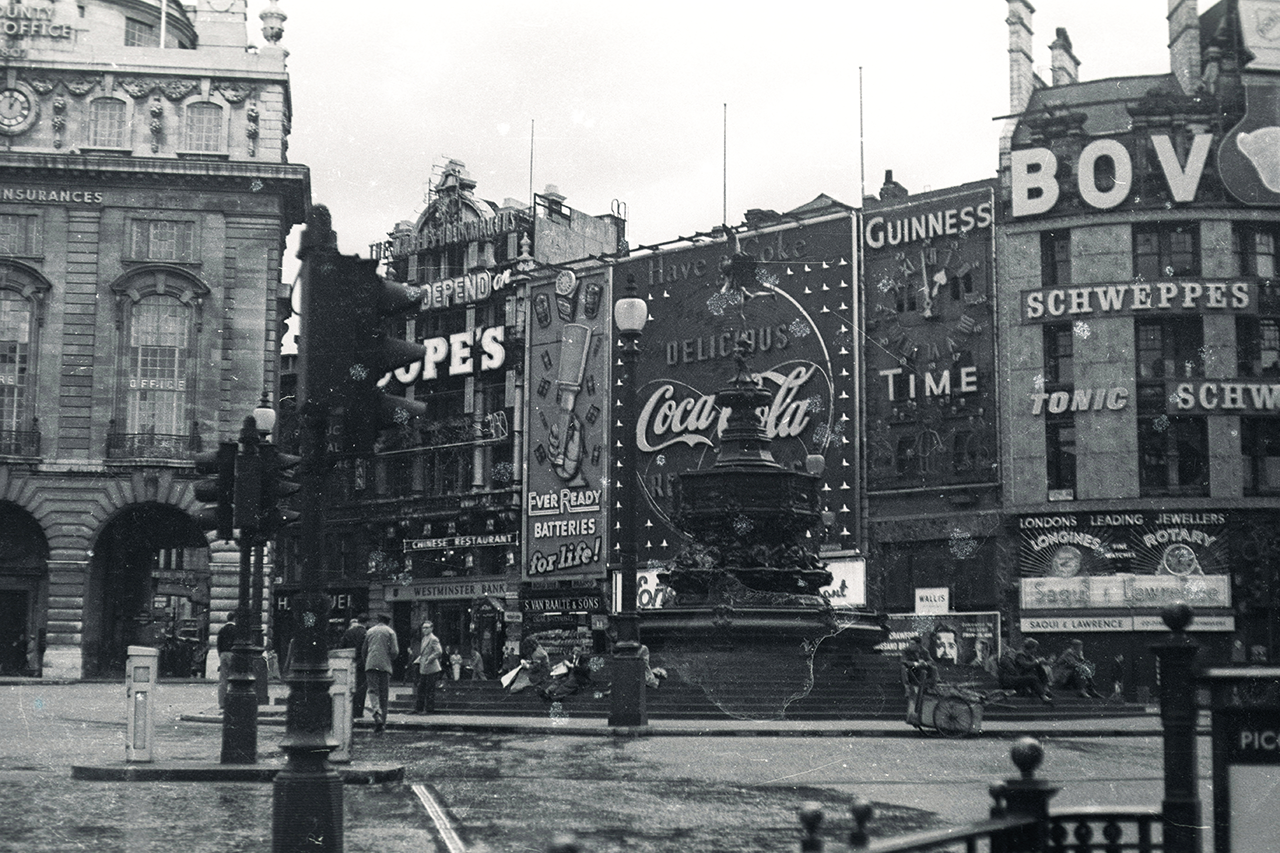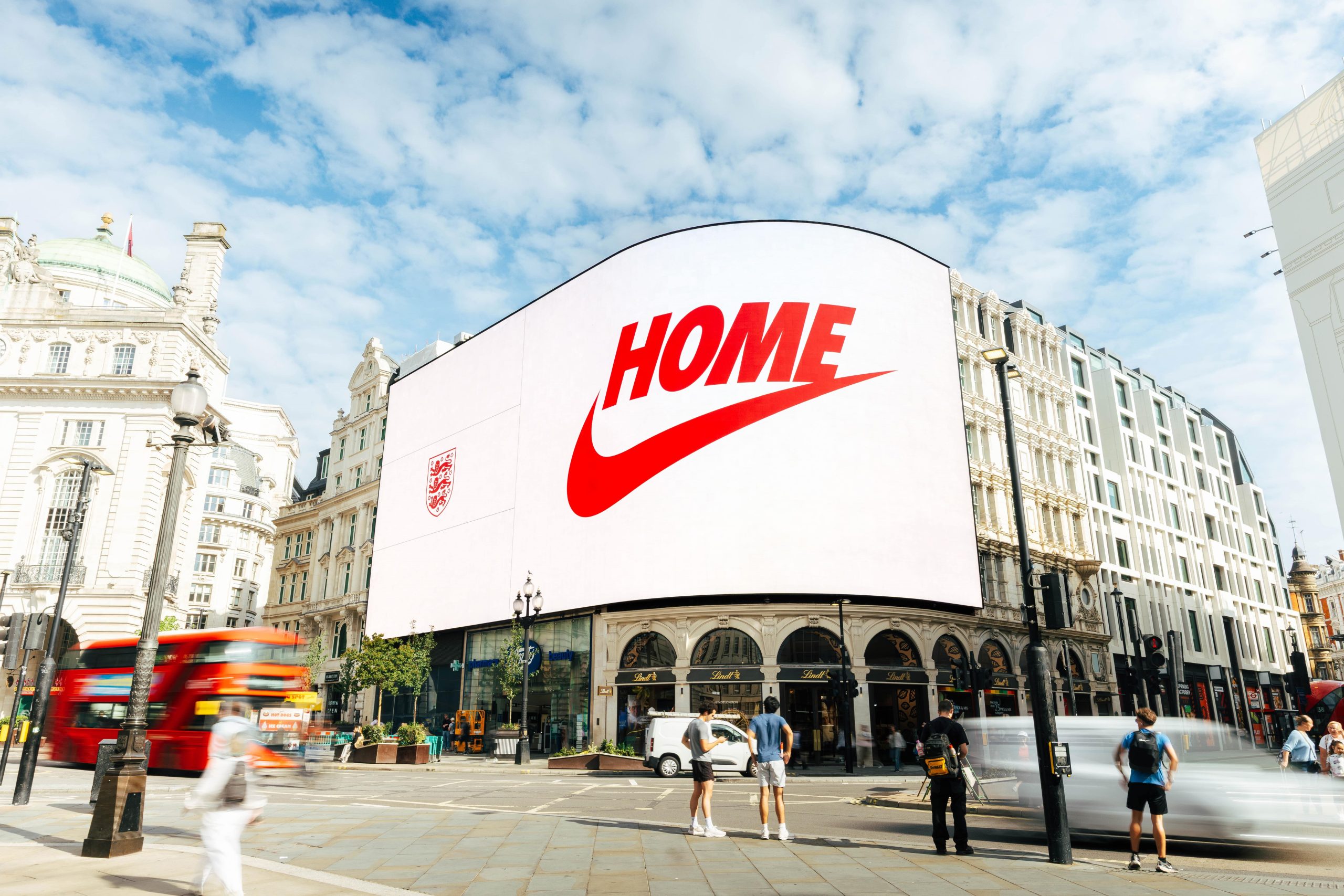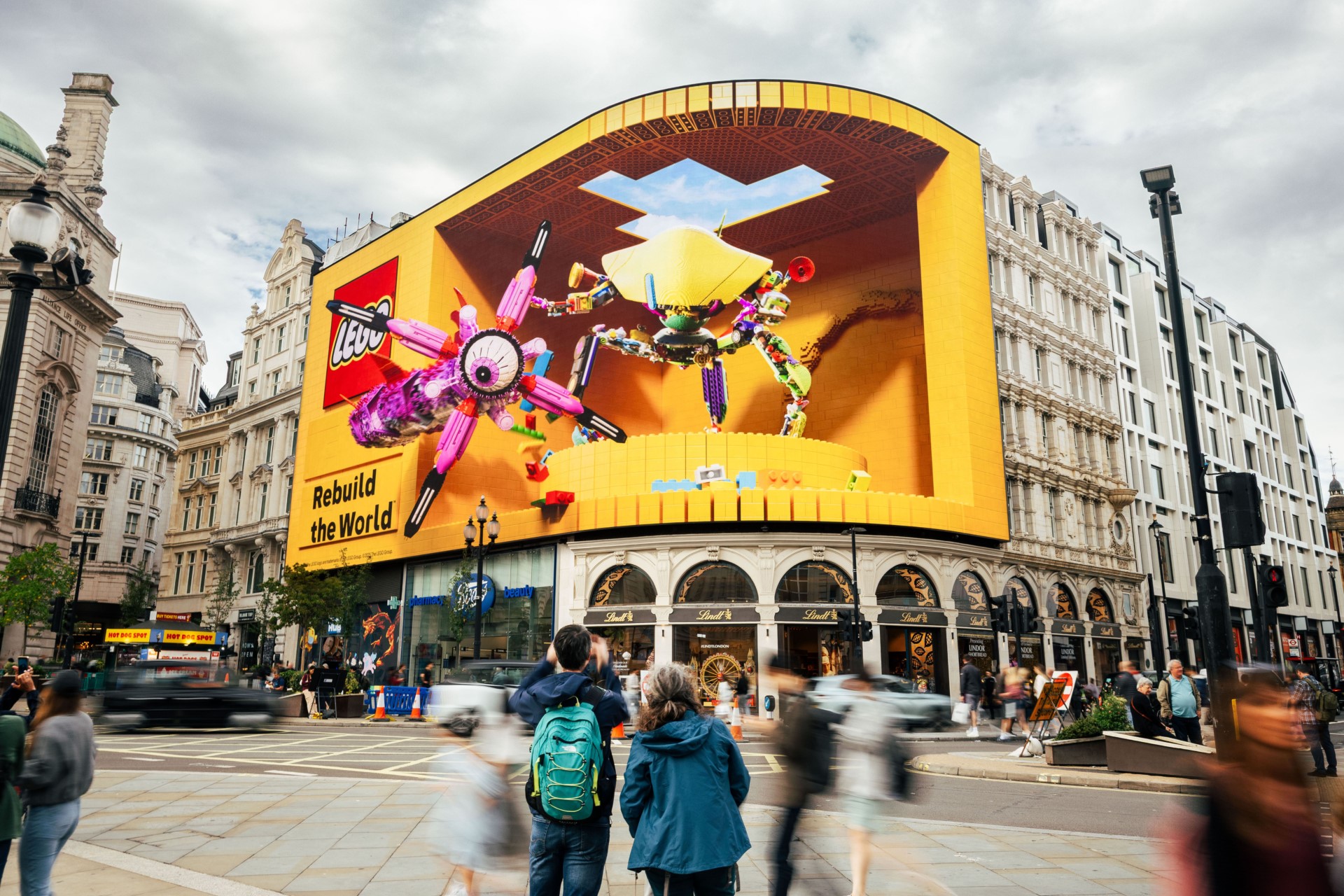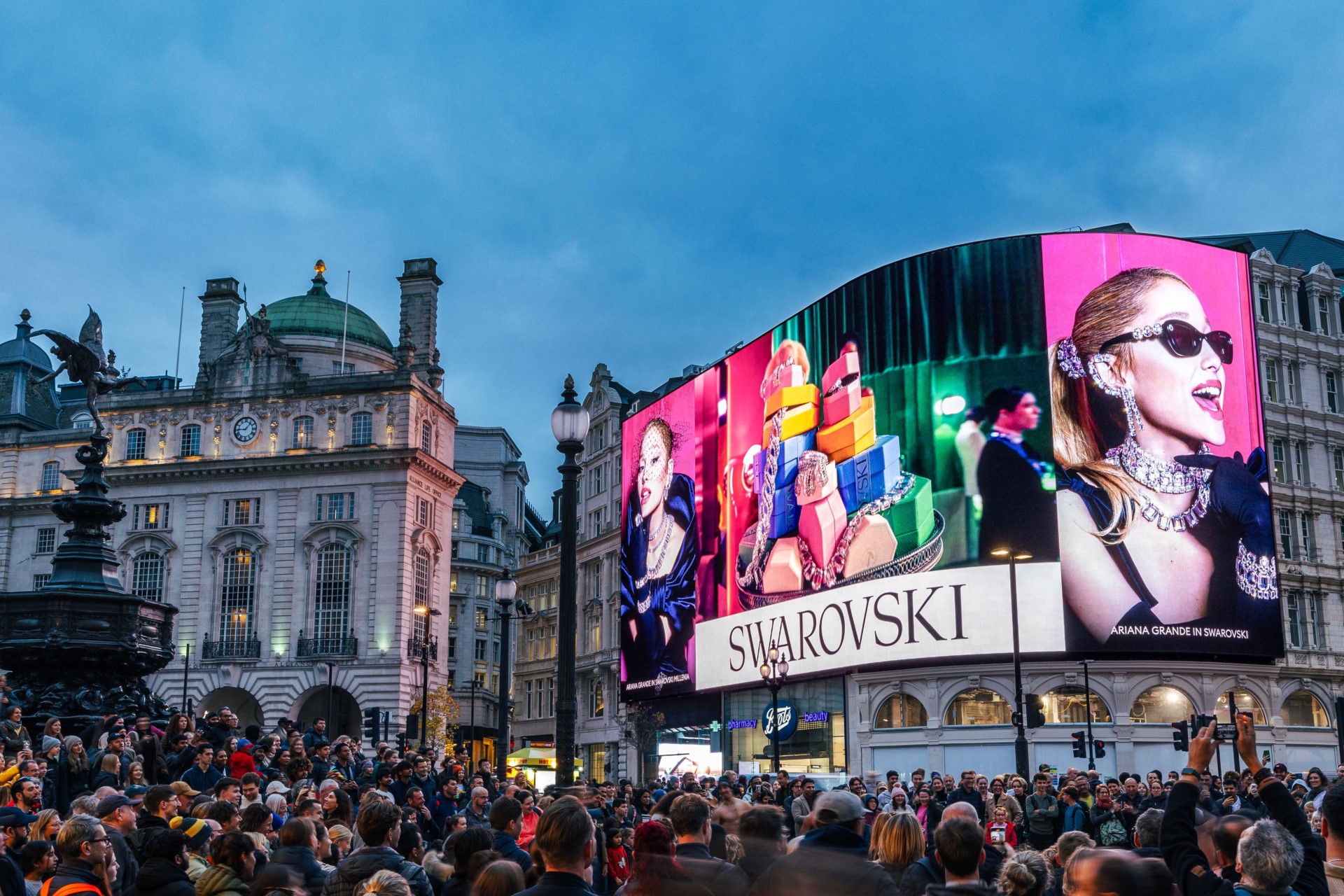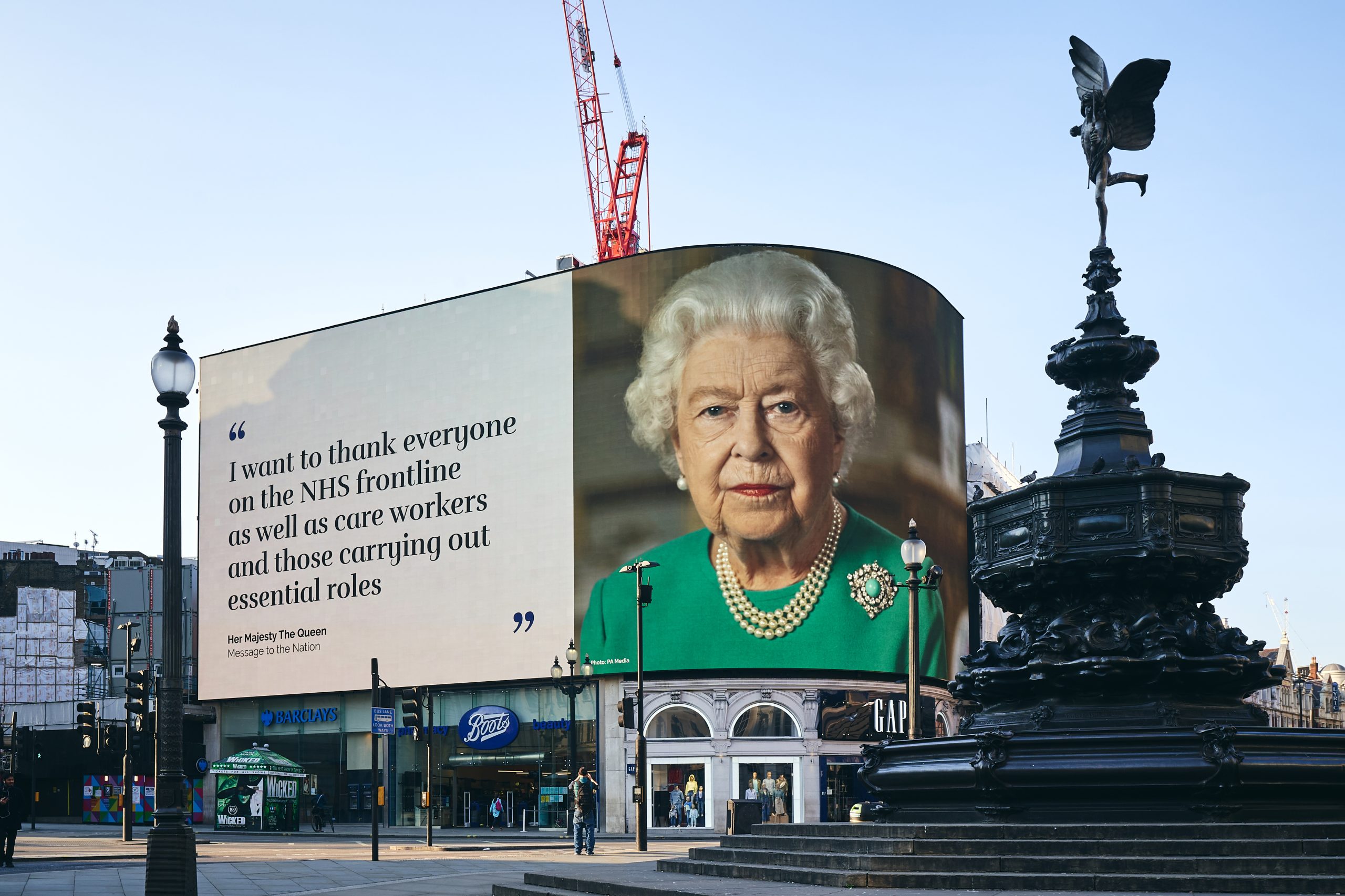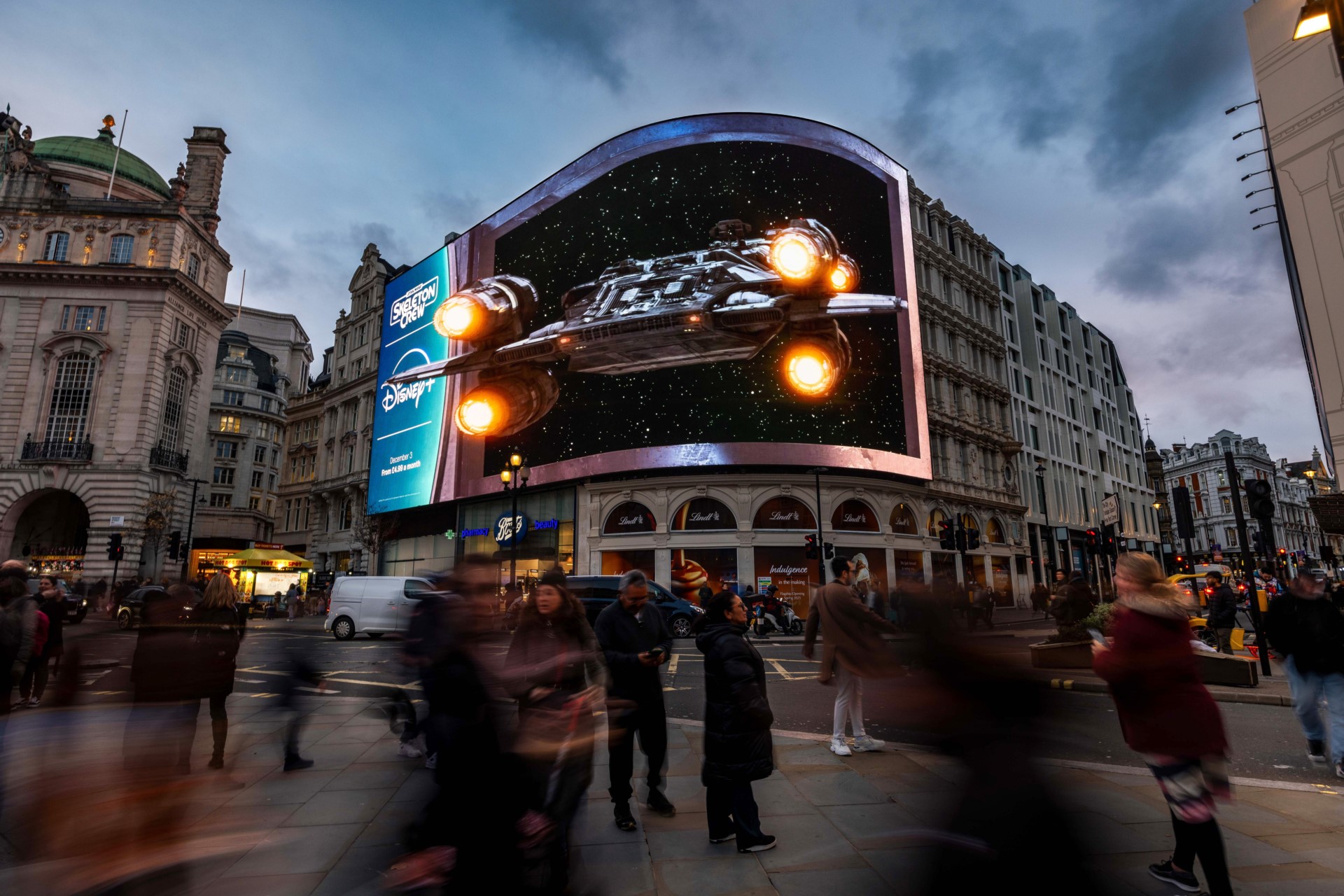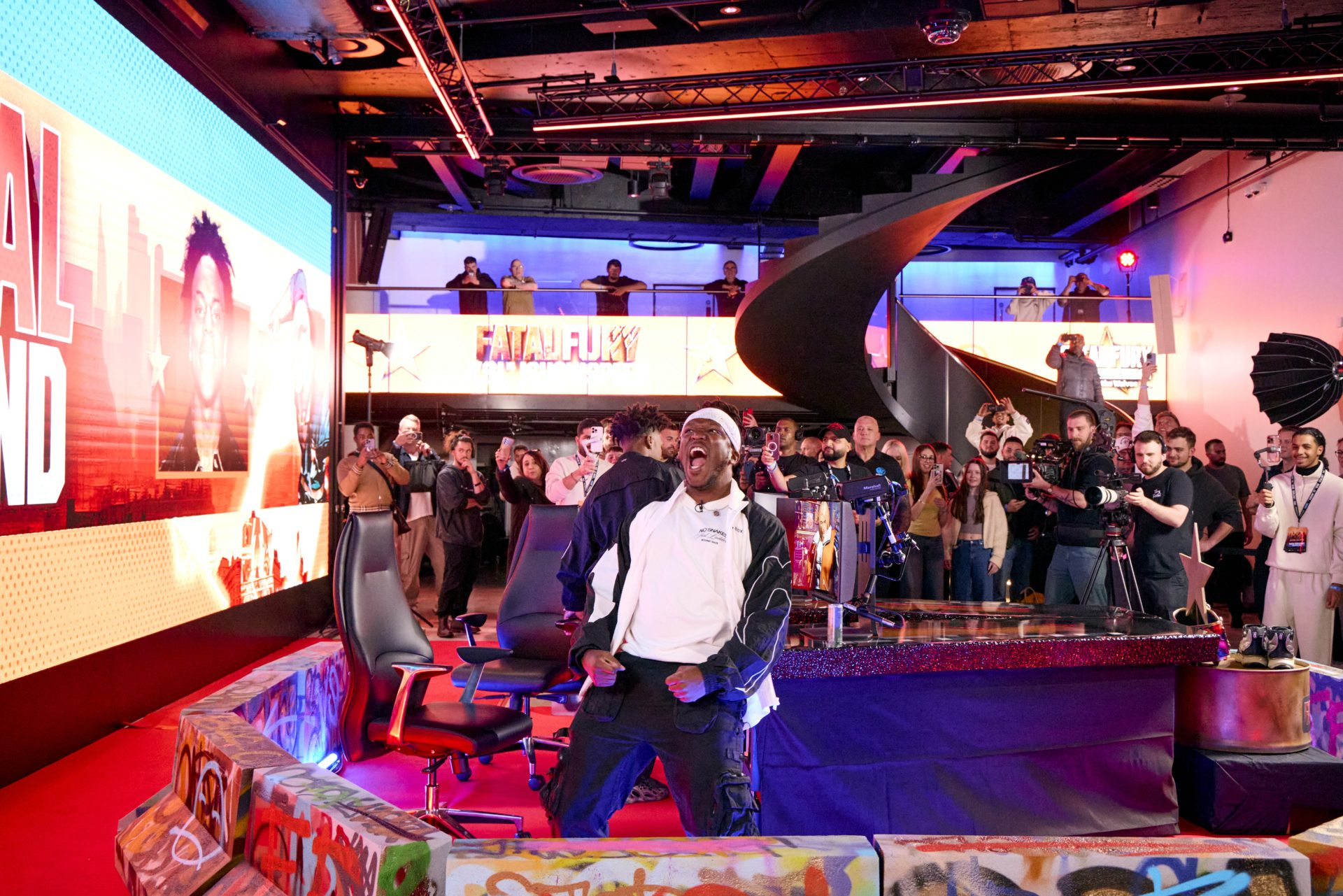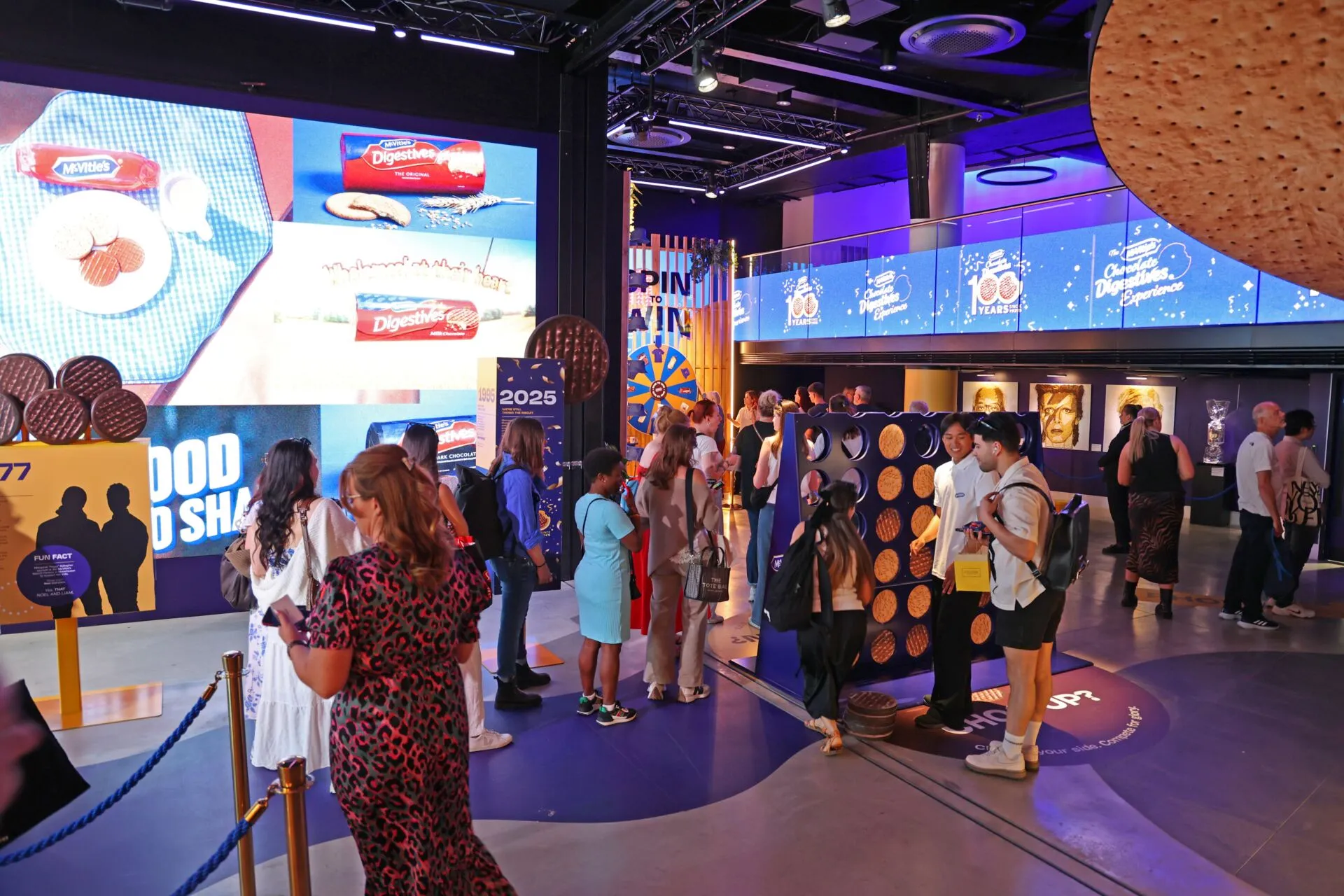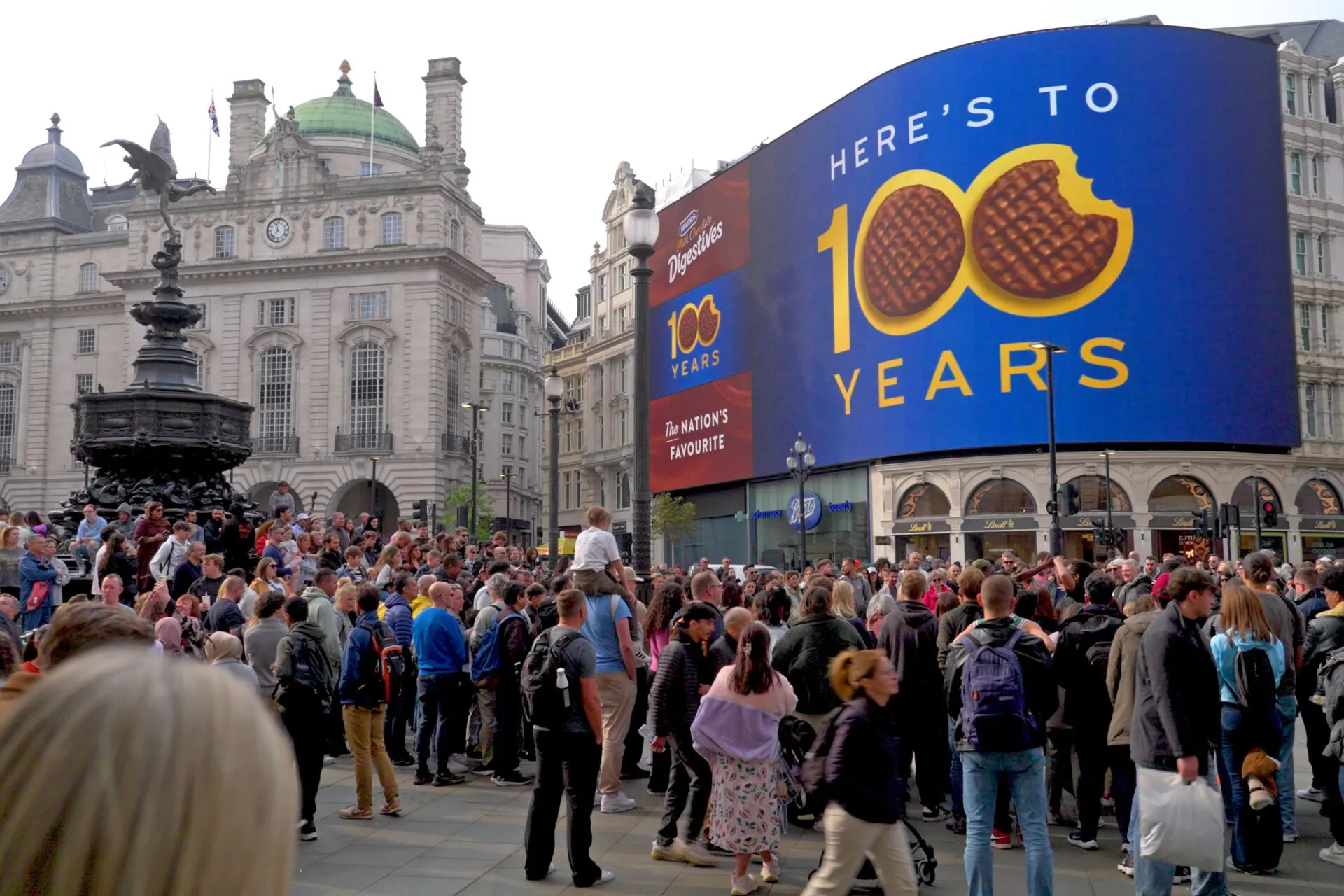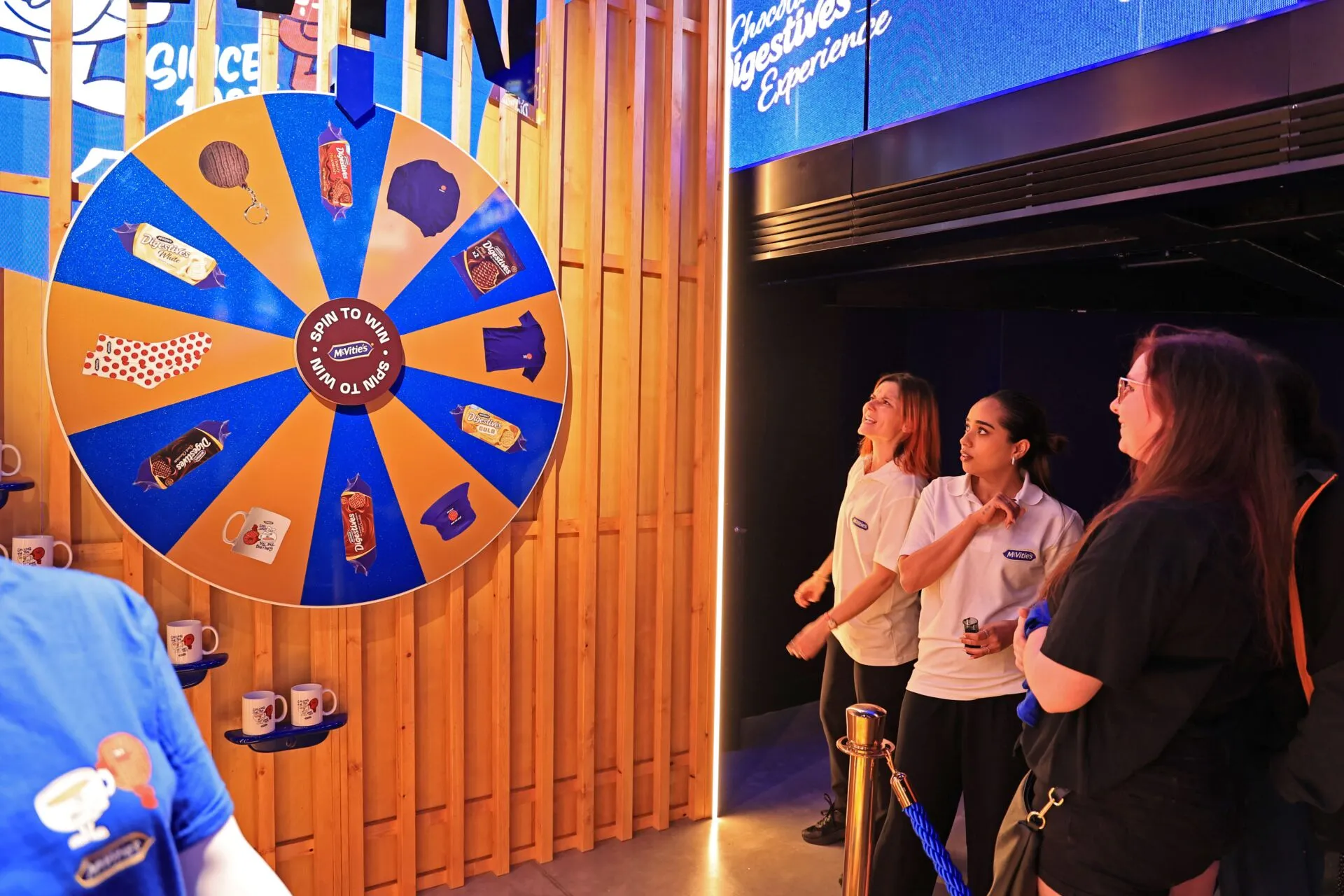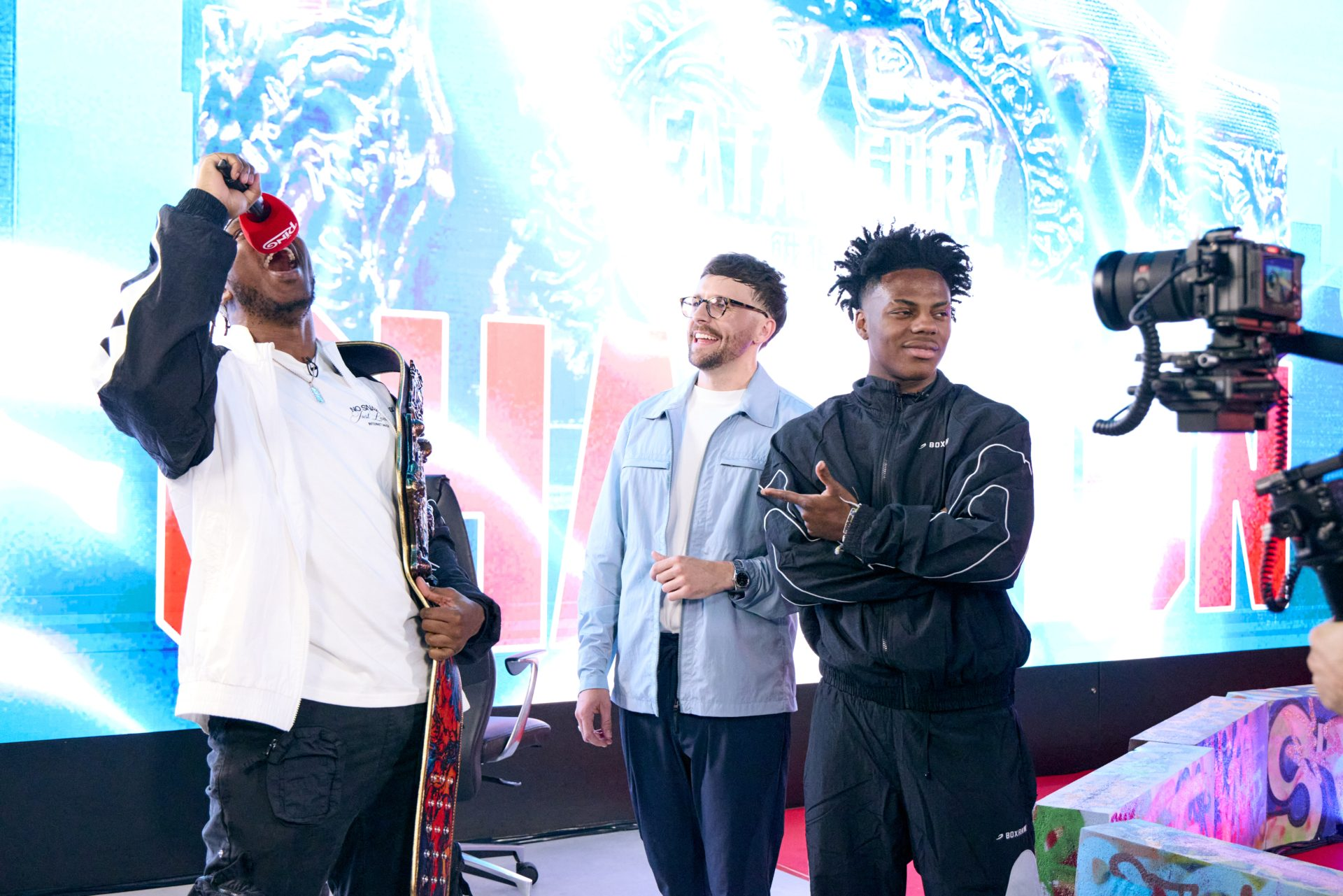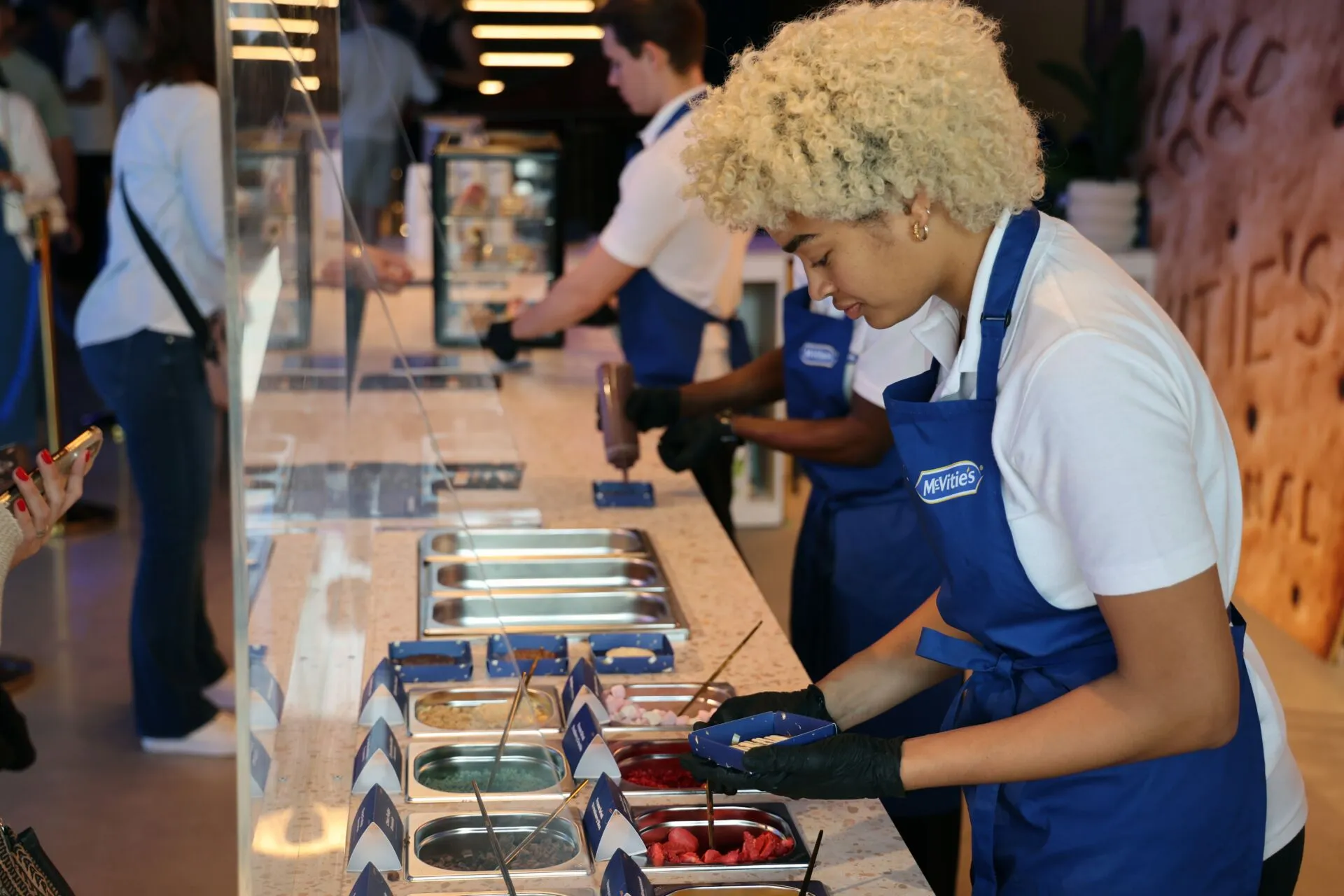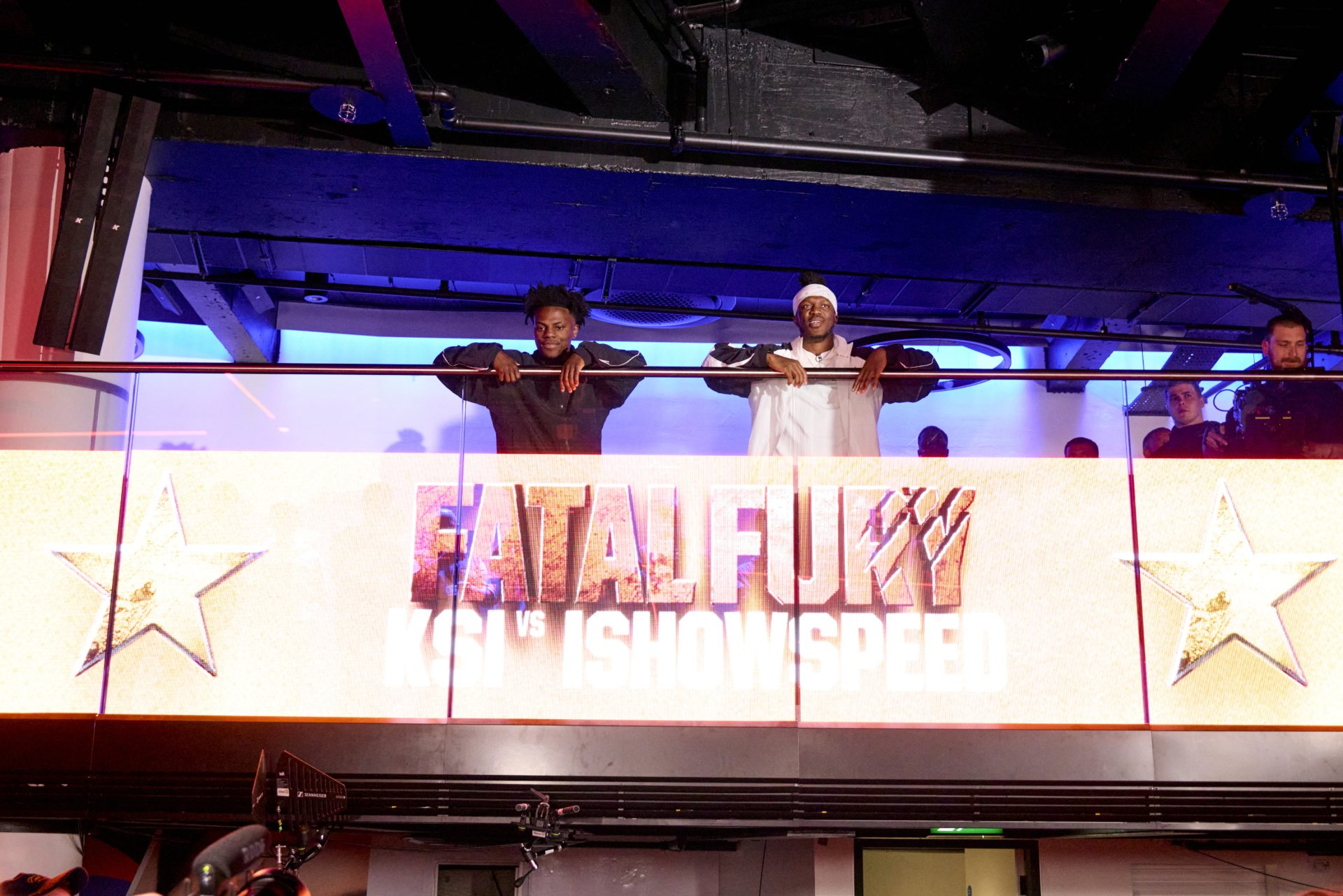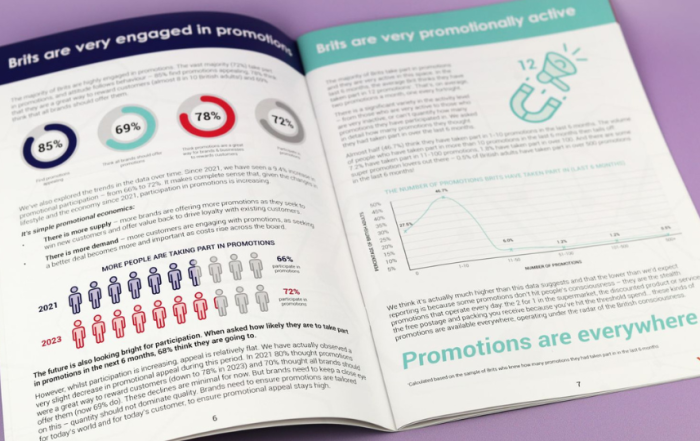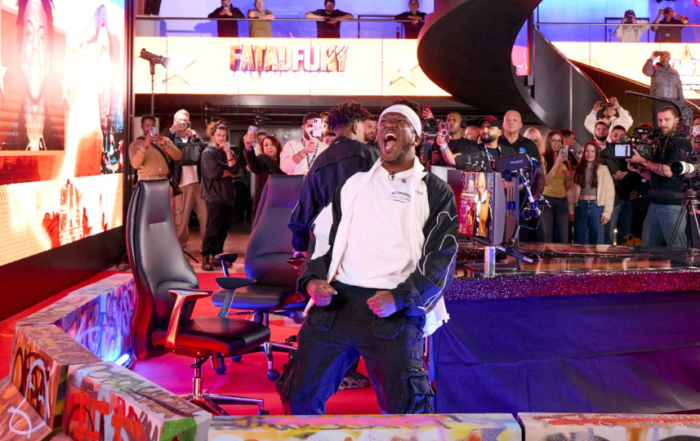For more than a century, Piccadilly Lights has been the crown jewel of advertising. It has offered brands global visibility, cultural cachet, and an iconic place in the London skyline. Coca-Cola, Guinness, and Samsung all made their mark here, but the rules of marketing are changing. According to the latest IPA Bellwether report, main media budgets are stagnating while experiential is surging with record-breaking growth. That shift is coming to life in the heart of the West End, where Landsec’s new immersive space, The Venue is transforming Piccadilly Lights from a billboard icon into a capital of brand experience. Get ready to step inside a defining space for brand experience beneath Europe’s most iconic screen and discover how marketers are rewriting the rules of out-of-home.

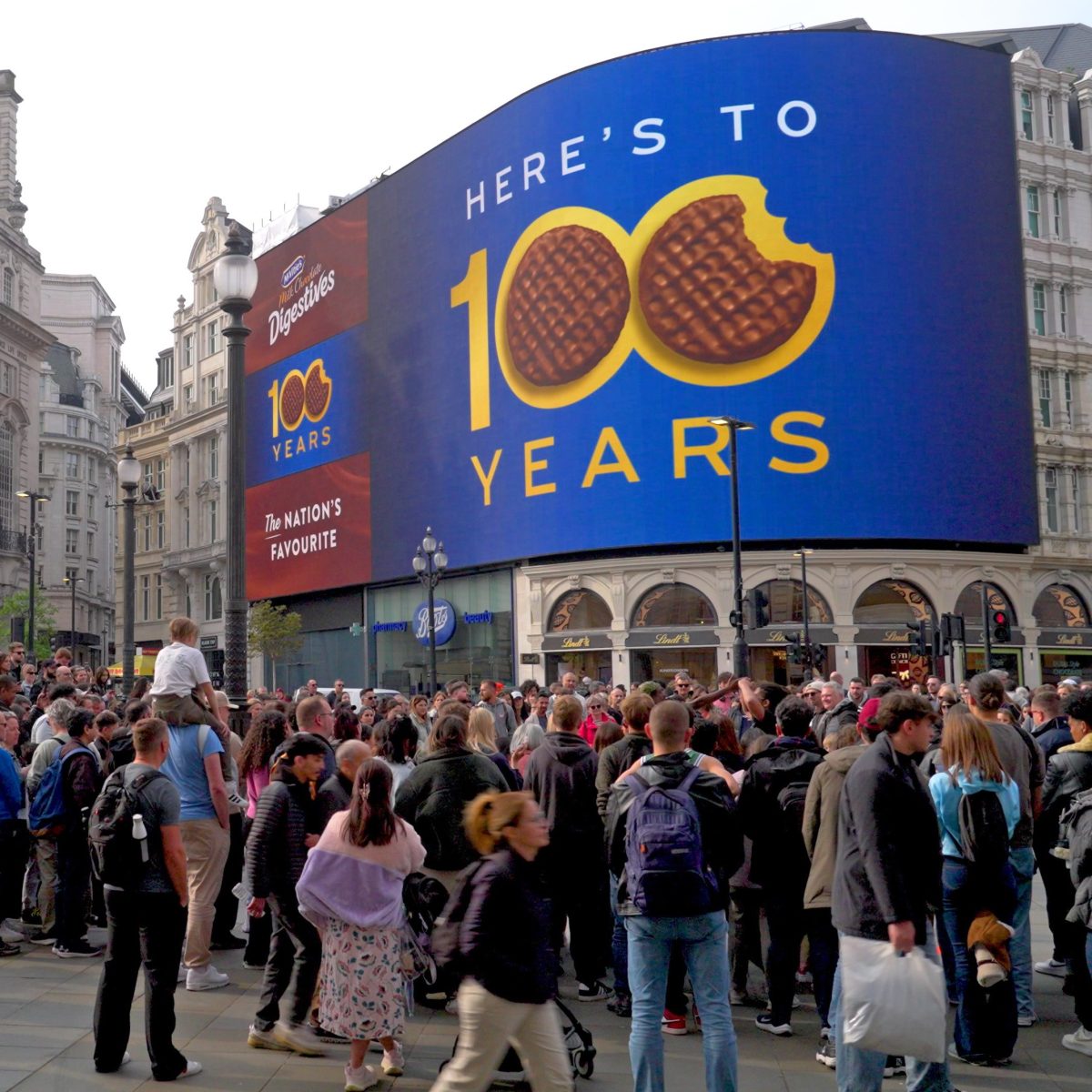
Piccadilly Lights Goes from Billboard Icon to Experiential Capital


The Billboard That Defined a Century
For more than a hundred years, Piccadilly Lights has told the story of advertising itself. It’s where brands have made bold statements, where technology has pushed boundaries, and where some of marketing’s most iconic moments have lit up London and shaped the cultural skyline. But how did the billboard capital of Europe come to hold such power?
It all began in 1908, when a flickering electric sign for Perrier appeared above the Monico tea rooms. That glow wasn’t just selling sparkling water. It was selling modernity. A signal that London was stepping into a new era of commerce and spectacle. By the 1910s, brands like Bovril were blazing in neon, their glowing letters towering over the West End and turning Piccadilly into a stage for household names.
Through the roaring ’20s and wartime blackouts, the Lights evolved again and again: neon gave way to mechanical signs, then digital projectors, and eventually LEDs. Coca-Cola’s arrival in the 1950s turned the billboard into a landmark, and by the 1980s, brands like British Airways, Samsung, and McDonald’s had become part of London’s visual identity, their logos as familiar as Big Ben or the red bus. To “own Piccadilly” was no longer just a media buy. It was a rite of passage into brand legend.
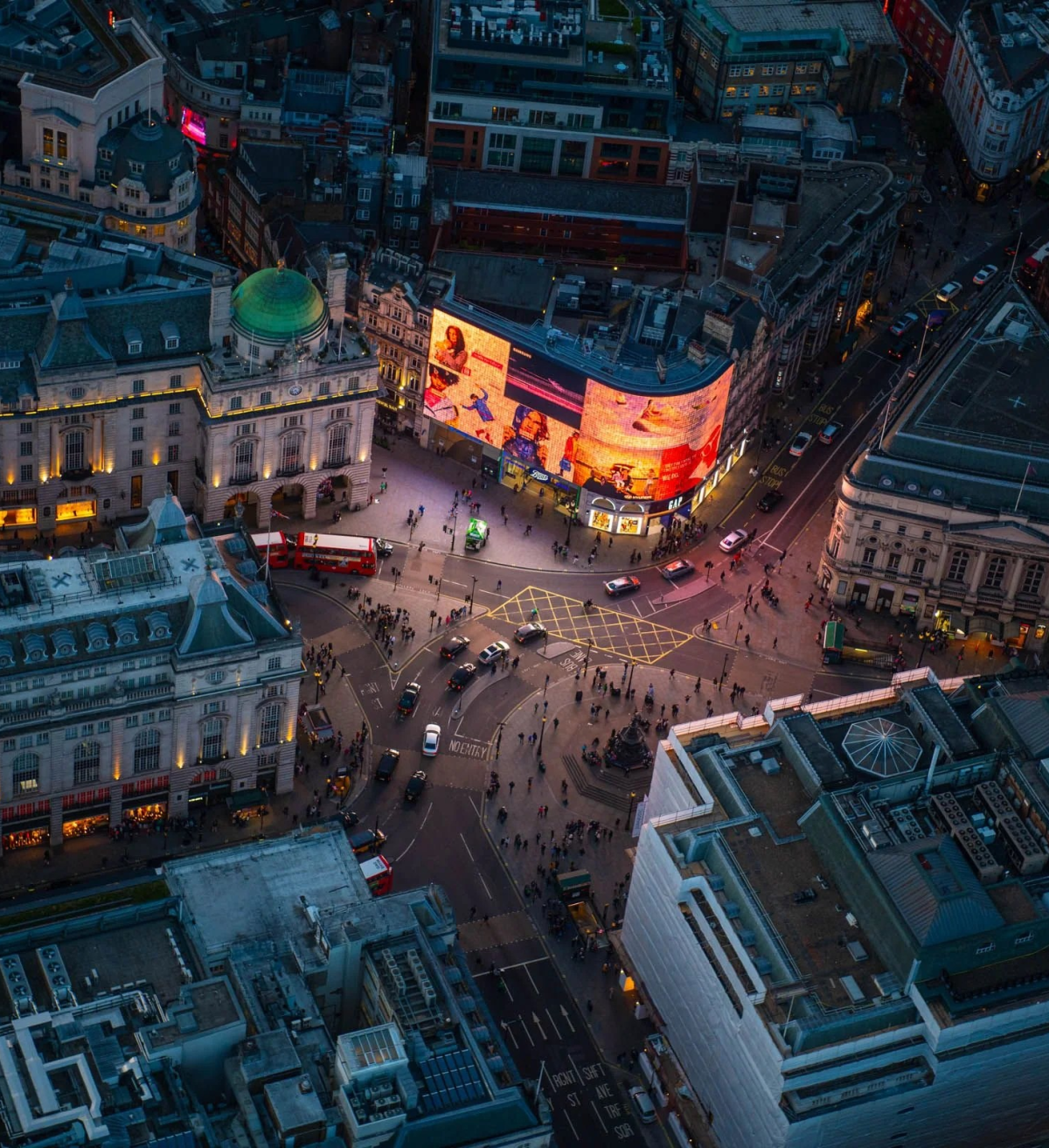
From Ad Space to Brand Space
As Piccadilly Lights became a cultural icon, it also became a barometer for the industry itself. And right now, the data points to a dramatic shift in how brands invest. According to the IPA Bellwether Report, in Q1 2025, overall budgets briefly dipped (–4.8% net balance), with main media hit hardest: OOH down –18.9%, audio –10.8%, publishing –8.3%. Yet even in that downturn, experiential still grew (+5.4%), alongside sales promotions (+8.0%). By Q2 2025, budgets returned to growth (+5.5%), but the pattern held: main media flatlined, while sales promotions (+9.4%) and experiential (+3.9%) continued to climb.
For marketers, the pattern is clear: while traditional broadcast and display face volatility, experiential has strung together four straight quarters of growth, its strongest run on record. And that explains why at Piccadilly Lights, the world’s most famous billboard is now paired with one of London’s largest experiential venues, a symbolic, physical expression of the industry’s shift from impressions to immersion. “Piccadilly Lights has long been a stage for brand fame – a place where stories unfold in real time and campaigns make headlines,” says Craig Engall, Brand Experience Manager at Landsec Spotlight. “Today, its role is evolving. By pairing the world’s most recognisable screen with a purpose-built experiential venue beneath, we’ve created a connected space where visibility meets engagement. It’s a dynamic ecosystem that reflects the future of brand experience: immersive, impactful, and culturally alive.”
That explains why at Piccadilly Lights, the world’s most famous billboard is now paired with one of London’s largest experiential venues, a symbolic, physical expression of the industry’s shift from impressions to immersion.
Under the Lights, Into the Spotlight
Landsec first redefined Piccadilly in 2017, replacing the patchwork of six boards with Europe’s largest single digital OOH screen. But in 2024, the company went further still, opening The Venue a 6,650 sq ft, three-storey experiential venue with capacity for 540+ people, built directly beneath the most famous billboard in the world.
More than an architectural feat, it’s the biggest single investment in experiential marketing London has ever seen: a purpose-built space designed for brand theatre, product trial, live entertainment, and cultural moments that last far longer than a passing glance. Crucially, it’s hardwired to the screen above so activations can be broadcast live back onto Piccadilly Lights, creating a loop where attention becomes participation, and participation becomes content. With West End retail potential worth £4.6bn a year and millions moving through the Circus daily, it is, quite literally, London’s brightest stage for brands.
Already, brands are showing what that means in practice. L’Oréal transformed Piccadilly into a beauty playground with its Worth It Experience: a week-long takeover featuring masterclasses, wellness workshops and a live-streamed Paris runway show, all amplified across TikTok and the Lights above. Sky Sports followed with a high-impact Premier League launch, turning the venue into a live studio with pundit panels, red carpet interviews and a satellite link to its Manchester HQ. Then came a collision of gaming and entertainment, as The Ring Magazine and SNK staged a Fatal Fury showdown between KSI and IShowSpeed, streamed live from Below the Lights to the screen above, drawing crowds and over 100 million social impressions.
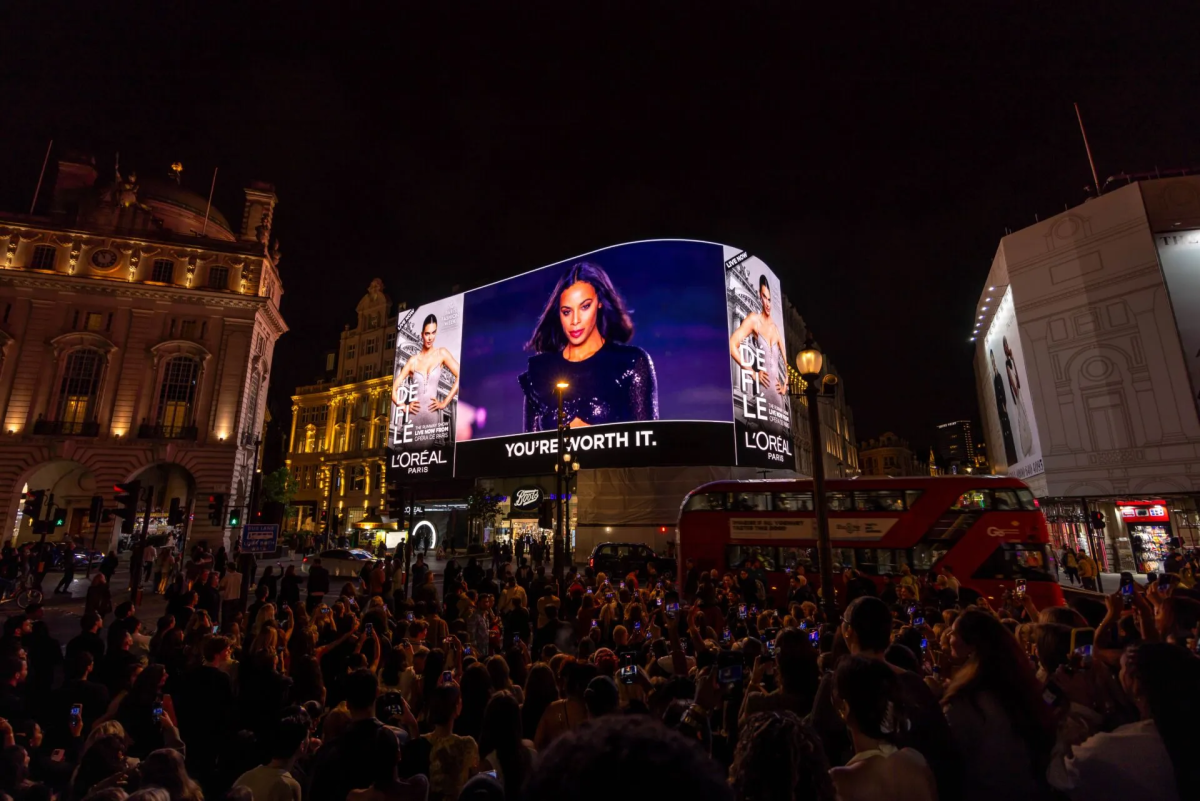
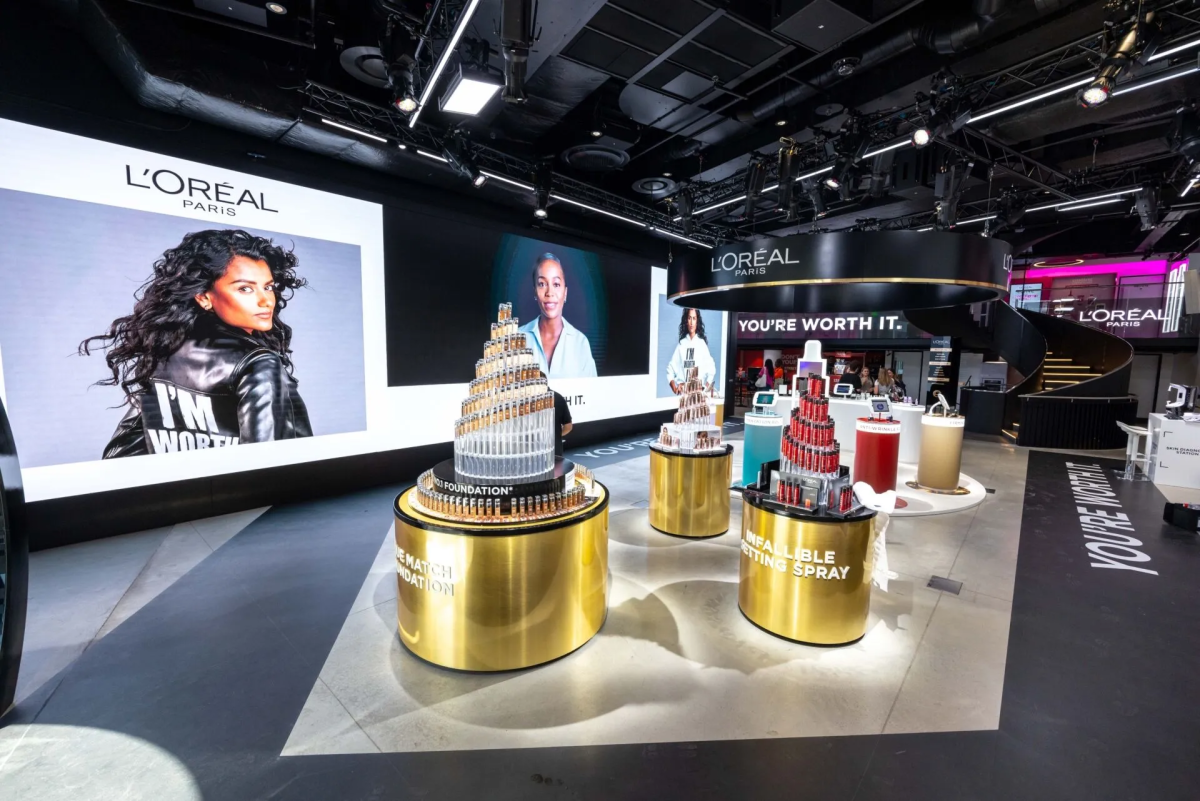
To mark 100 years of the Chocolate Digestive, McVitie’s created a three-day immersive experience at Piccadilly Lights, The Venue, blending nostalgia with innovation. Visitors journeyed through a century of biscuit history before customising their own treats at a live biscuit bar curated by McVitie’s Head Development Chef. Most recently, Disney previewed its upcoming film Tron: Ares with a striking takeover of Piccadilly Lights, paired with a fully immersive experience at the same venue. The activation blended cinematic spectacle with interactive engagement, allowing fans to step inside the world of Tron through digital installations, live content, and themed environments. It marked a new chapter in how entertainment brands use the space. Not just to promote, but to immerse audiences in their stories.
What’s Next for Experiential?
The rise of Piccadilly Lights, The Venue shows where the industry is heading. Sport has become entertainment. Retail has become theatre. Ads are no longer only seen, they are stepped inside. And in a world where 85% of consumers are more likely to buy after a live experience, this stage beneath London’s brightest screen may be more than a venue. It could be a glimpse into the future of experiential marketing. So the question for marketers is this: if Piccadilly Lights, the global icon of outdoor advertising, is now an experiential capital, what does that say about where brand investment will go next?
Click here to take a video tour of The Venue and contact Landsec to explore opportunities.
The Billboard That Defined a Century
For more than a hundred years, Piccadilly Lights has told the story of advertising itself. It’s where brands have made bold statements, where technology has pushed boundaries, and where some of marketing’s most iconic moments have lit up London and shaped the cultural skyline. But how did the billboard capital of Europe come to hold such power?
It all began in 1908, when a flickering electric sign for Perrier appeared above the Monico tea rooms. That glow wasn’t just selling sparkling water. It was selling modernity. A signal that London was stepping into a new era of commerce and spectacle. By the 1910s, brands like Bovril were blazing in neon, their glowing letters towering over the West End and turning Piccadilly into a stage for household names.
Through the roaring ’20s and wartime blackouts, the Lights evolved again and again: neon gave way to mechanical signs, then digital projectors, and eventually LEDs. Coca-Cola’s arrival in the 1950s turned the billboard into a landmark, and by the 1980s, brands like British Airways, Samsung, and McDonald’s had become part of London’s visual identity, their logos as familiar as Big Ben or the red bus. To “own Piccadilly” was no longer just a media buy. It was a rite of passage into brand legend.
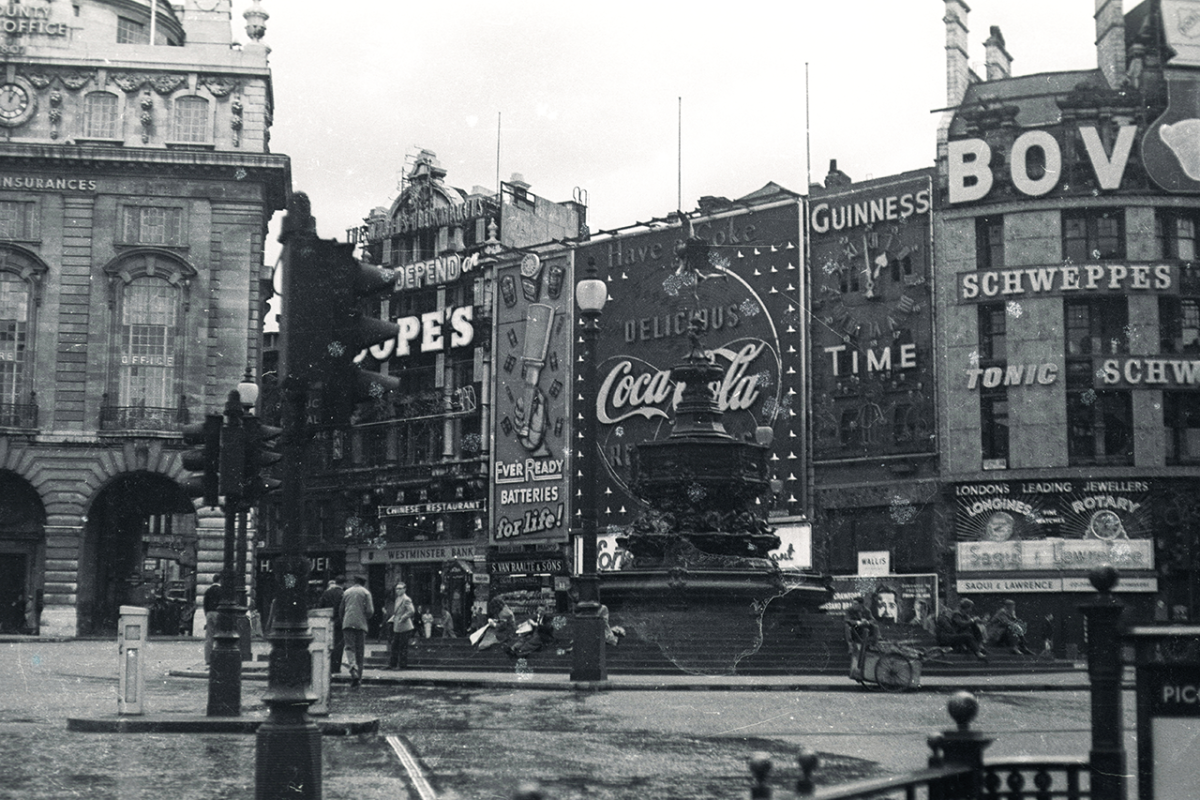
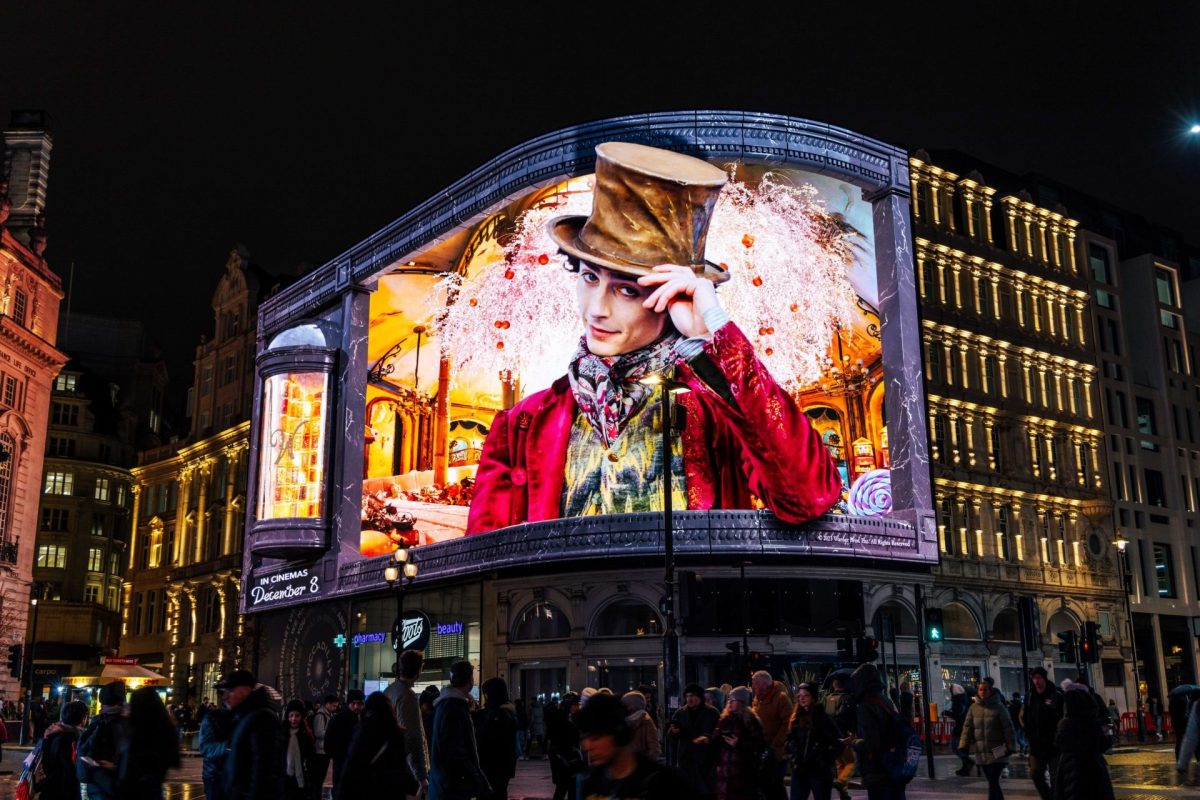
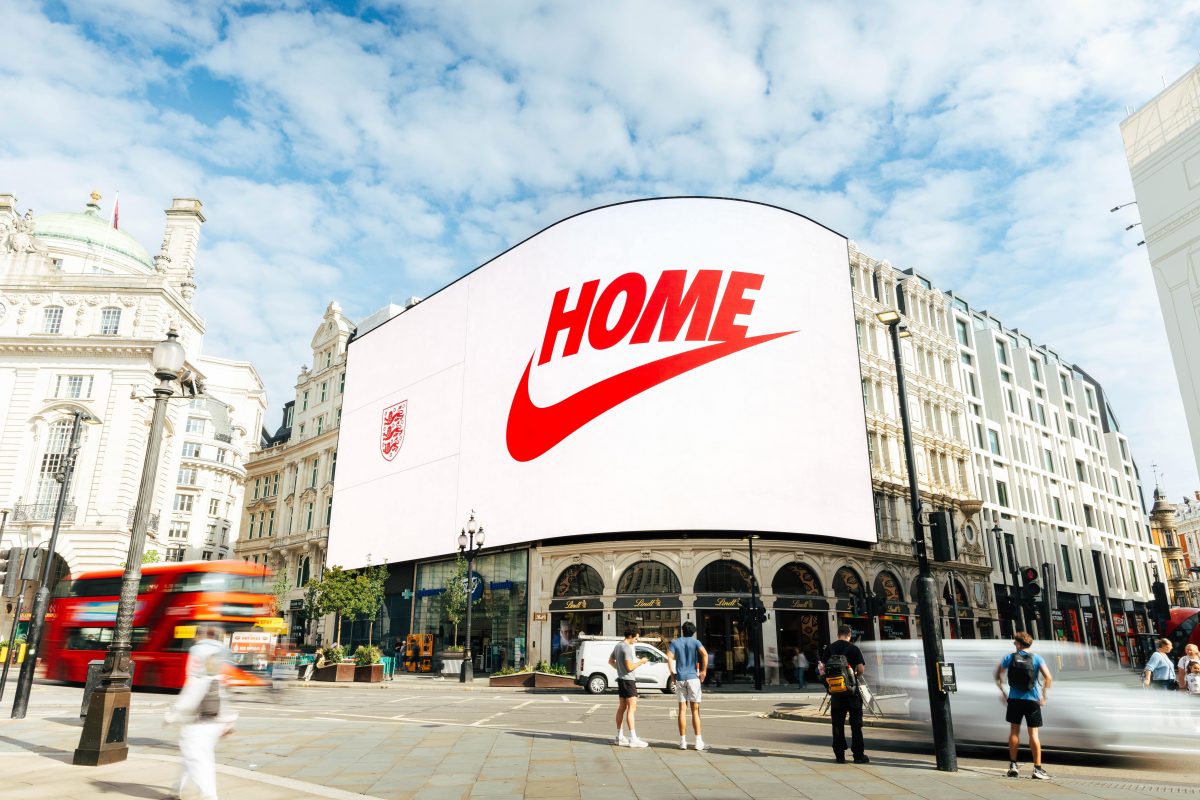
From Ad Space to Brand Space
As Piccadilly Lights became a cultural icon, it also became a barometer for the industry itself. And right now, the data points to a dramatic shift in how brands invest. According to the IPA Bellwether Report, in Q1 2025, overall budgets briefly dipped (–4.8% net balance), with main media hit hardest: OOH down –18.9%, audio –10.8%, publishing –8.3%. Yet even in that downturn, experiential still grew (+5.4%), alongside sales promotions (+8.0%). By Q2 2025, budgets returned to growth (+5.5%), but the pattern held: main media flatlined, while sales promotions (+9.4%) and experiential (+3.9%) continued to climb.
For marketers, the pattern is clear: while traditional broadcast and display face volatility, experiential has strung together four straight quarters of growth, its strongest run on record. And that explains why at Piccadilly Lights, the world’s most famous billboard is now paired with one of London’s largest experiential venues, a symbolic, physical expression of the industry’s shift from impressions to immersion. “Piccadilly Lights has long been a stage for brand fame – a place where stories unfold in real time and campaigns make headlines,” says Craig Engall, Brand Experience Manager at Landsec Spotlight. “Today, its role is evolving. By pairing the world’s most recognisable screen with a purpose-built experiential venue beneath, we’ve created a connected space where visibility meets engagement. It’s a dynamic ecosystem that reflects the future of brand experience: immersive, impactful, and culturally alive.”


Under the Lights, Into the Spotlight
Landsec first redefined Piccadilly in 2017, replacing the patchwork of six boards with Europe’s largest single digital OOH screen. But in 2024, the company went further still, opening The Venue a 6,650 sq ft, three-storey experiential venue with capacity for 540+ people, built directly beneath the most famous billboard in the world.
More than an architectural feat, it’s the biggest single investment in experiential marketing London has ever seen: a purpose-built space designed for brand theatre, product trial, live entertainment, and cultural moments that last far longer than a passing glance. Crucially, it’s hardwired to the screen above so activations can be broadcast live back onto Piccadilly Lights, creating a loop where attention becomes participation, and participation becomes content. With West End retail potential worth £4.6bn a year and millions moving through the Circus daily, it is, quite literally, London’s brightest stage for brands.
Already, brands are showing what that means in practice. L’Oréal transformed Piccadilly into a beauty playground with its Worth It Experience: a week-long takeover featuring masterclasses, wellness workshops and a live-streamed Paris runway show, all amplified across TikTok and the Lights above. Sky Sports followed with a high-impact Premier League launch, turning the venue into a live studio with pundit panels, red carpet interviews and a satellite link to its Manchester HQ. Then came a collision of gaming and entertainment, as The Ring Magazine and SNK staged a Fatal Fury showdown between KSI and IShowSpeed, streamed live from Below the Lights to the screen above, drawing crowds and over 100 million social impressions.
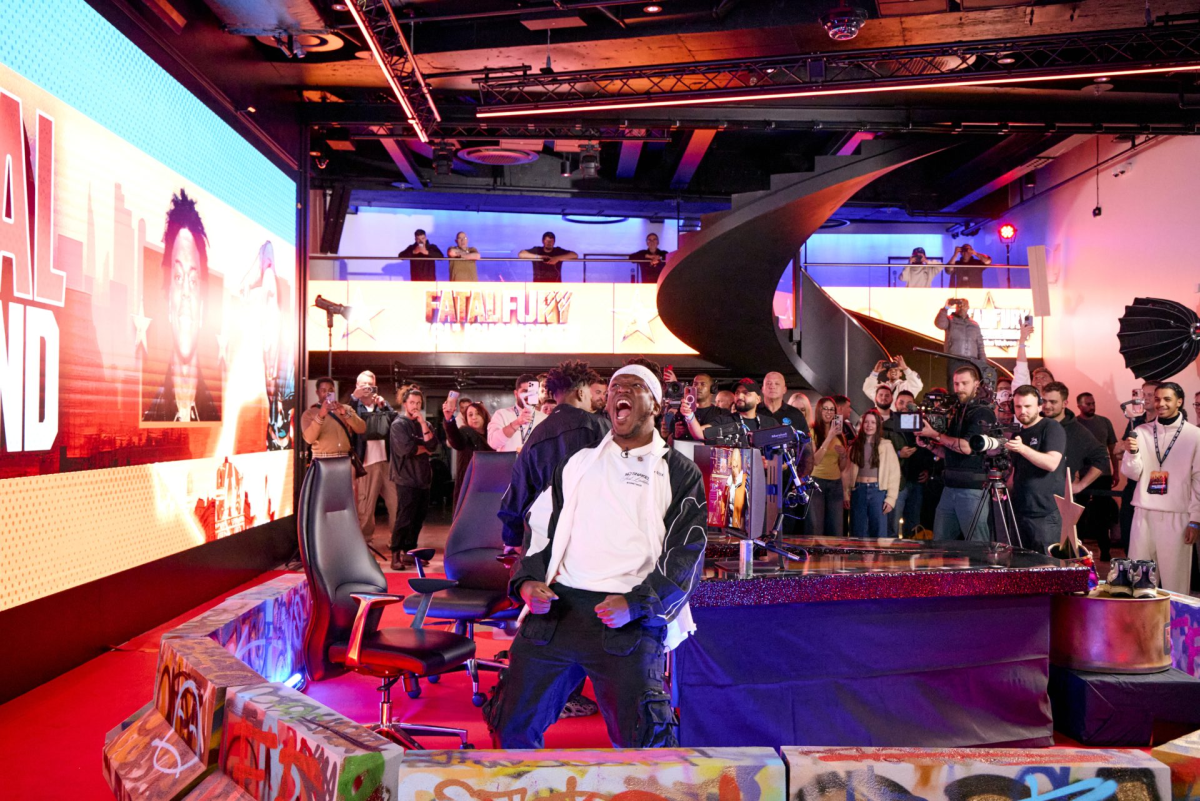
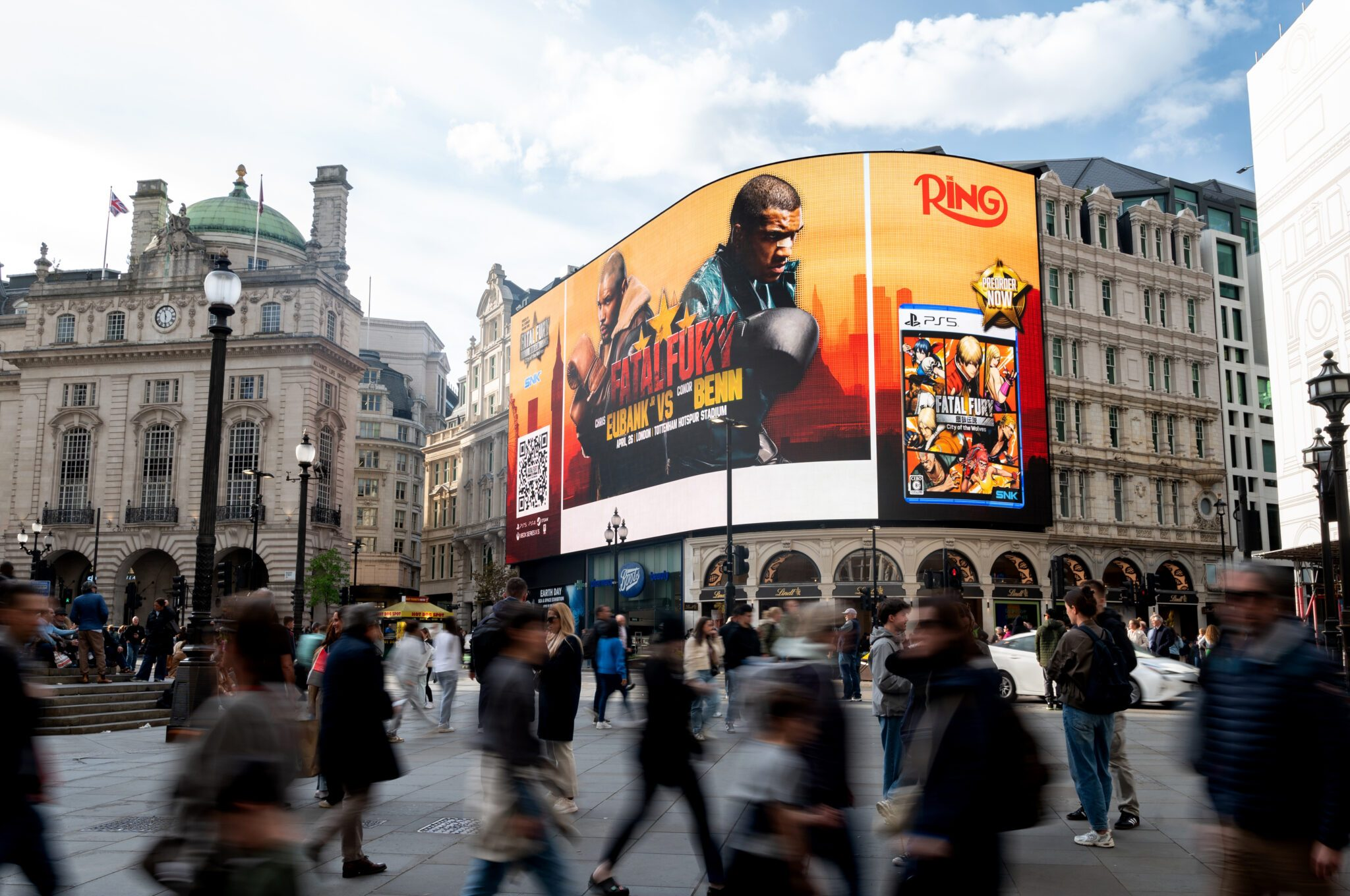
To mark 100 years of the Chocolate Digestive, McVitie’s created a three-day immersive experience at Piccadilly Lights, The Venue, blending nostalgia with innovation. Visitors journeyed through a century of biscuit history before customising their own treats at a live biscuit bar curated by McVitie’s Head Development Chef. Most recently, Disney previewed its upcoming film Tron: Ares with a striking takeover of Piccadilly Lights, paired with a fully immersive experience at the same venue. The activation blended cinematic spectacle with interactive engagement, allowing fans to step inside the world of Tron through digital installations, live content, and themed environments. It marked a new chapter in how entertainment brands use the space. Not just to promote, but to immerse audiences in their stories.
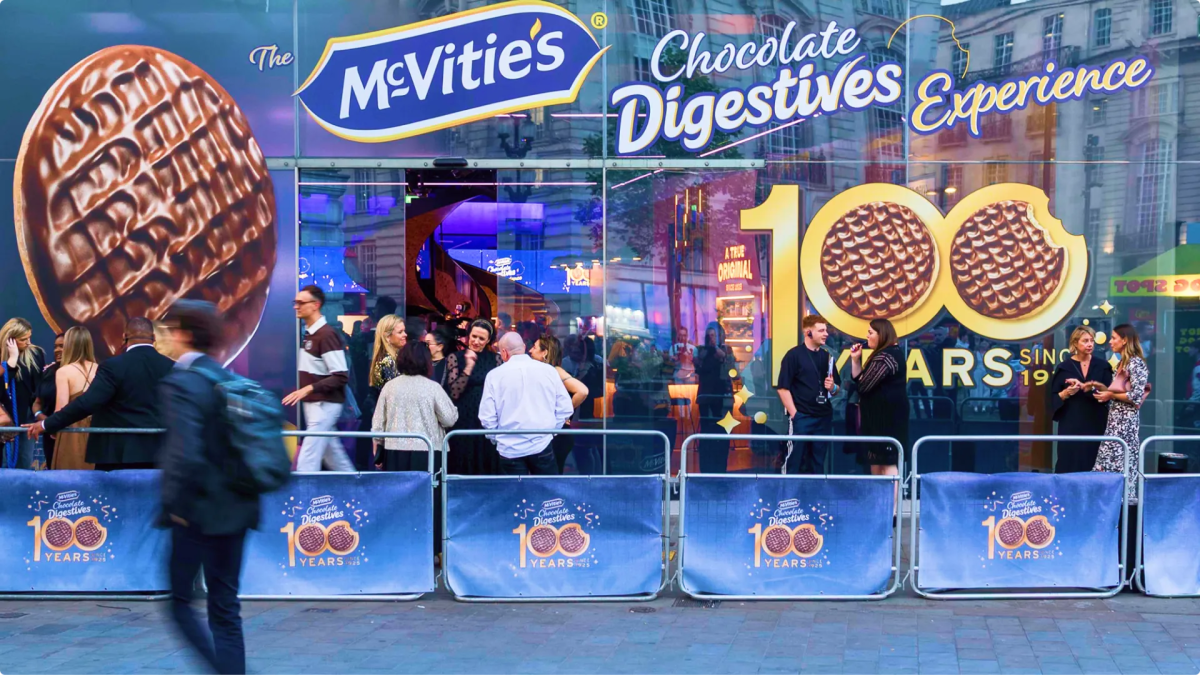
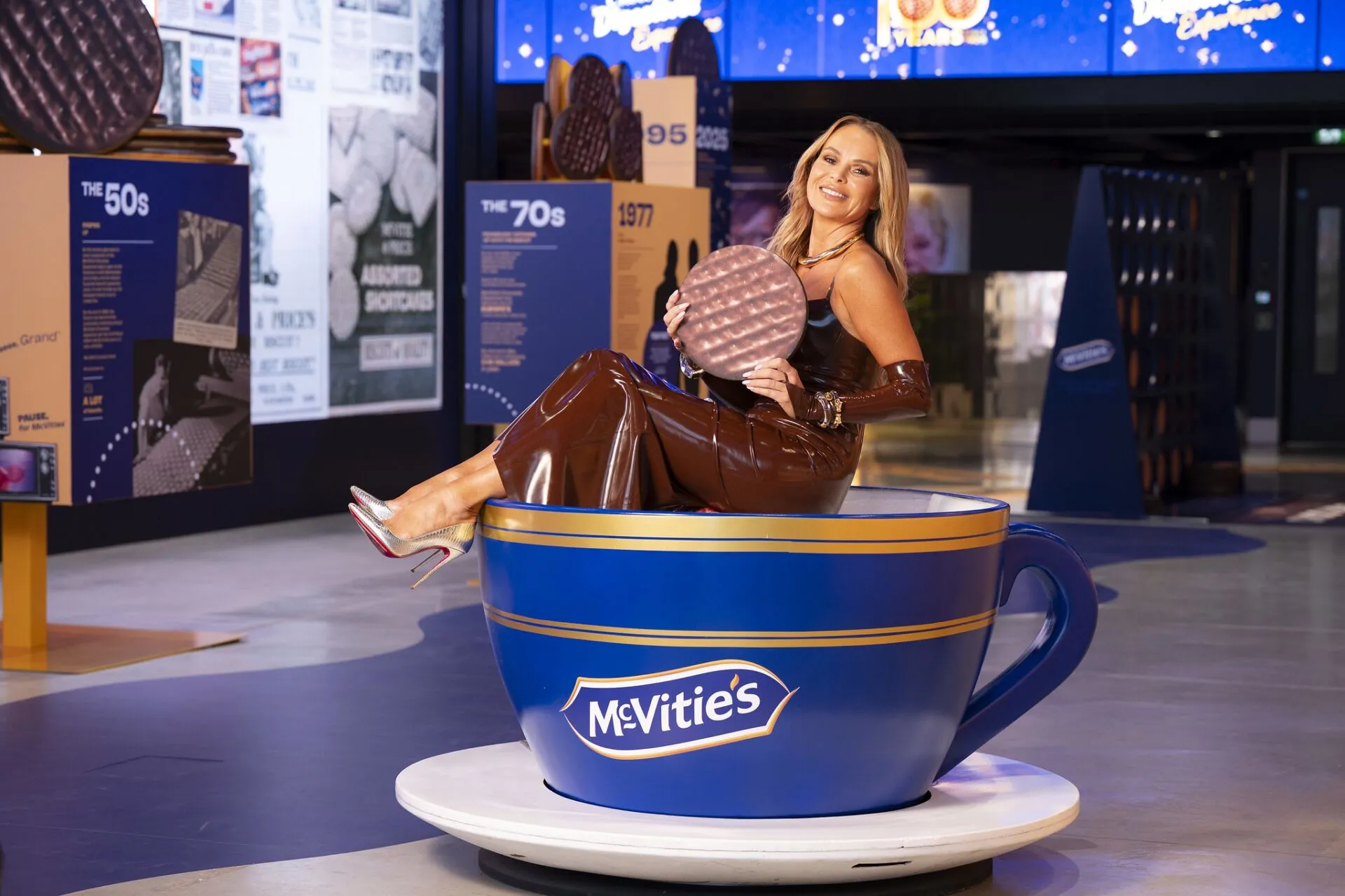
What’s Next for Experiential?
The rise of Piccadilly Lights, The Venue shows where the industry is heading. Sport has become entertainment. Retail has become theatre. Ads are no longer only seen, they are stepped inside. And in a world where 85% of consumers are more likely to buy after a live experience, this stage beneath London’s brightest screen may be more than a venue. It could be a glimpse into the future of experiential marketing. So the question for marketers is this: if Piccadilly Lights, the global icon of outdoor advertising, is now an experiential capital, what does that say about where brand investment will go next?
Click here to take a video tour of The Venue and contact Landsec to explore opportunities.
What Do Brits Want from Promotions in 2026
Get ready to unpack the promotional marketing landscape for 2026 as Mando, YouGov and the IPM prepare to launch What Brits Want from Promotions 3.0...
IPM Brings AI Marketing Debate to Westminster
AI in marketing goes on trial at the House of Commons, as MPs and industry leaders debate whether it is a partner or disruptor to promotional marketing.
Piccadilly Lights Goes from Billboard Icon to Experiential Capital
Piccadilly Lights, once the crown jewel of billboard advertising, is now the beating heart of experiential marketing in London, where brands don’t just advertise, they immerse.
News
What Do Brits Want from Promotions in 2026
Get ready to unpack the promotional marketing landscape for 2026 as Mando, YouGov and the IPM prepare to launch What Brits Want from Promotions 3.0...
IPM Brings AI Marketing Debate to Westminster
AI in marketing goes on trial at the House of Commons, as MPs and industry leaders debate whether it is a partner or disruptor to promotional marketing.
Piccadilly Lights Goes from Billboard Icon to Experiential Capital
Piccadilly Lights, once the crown jewel of billboard advertising, is now the beating heart of experiential marketing in London, where brands don’t just advertise, they immerse.


